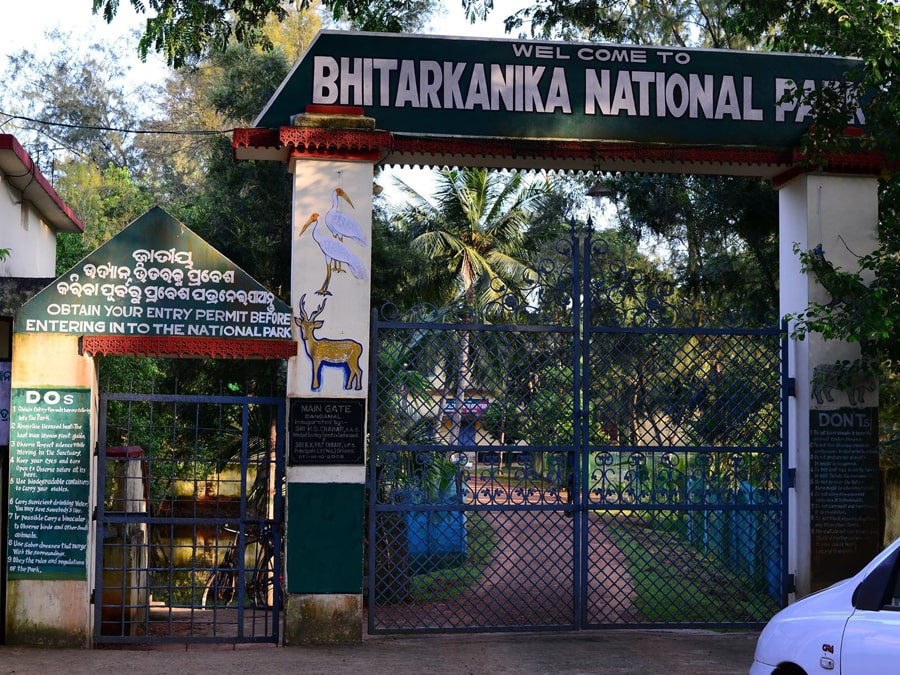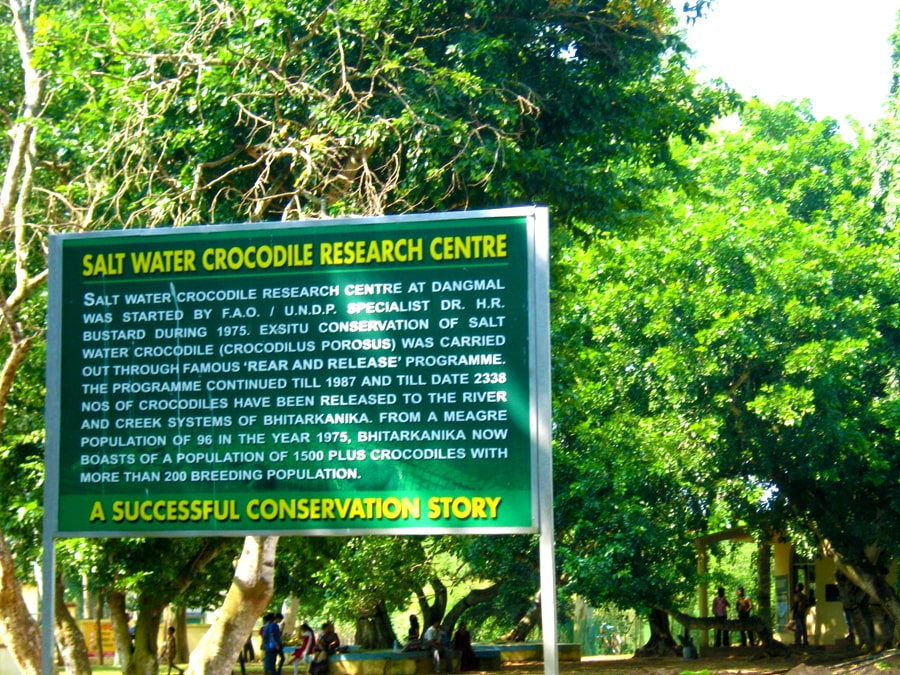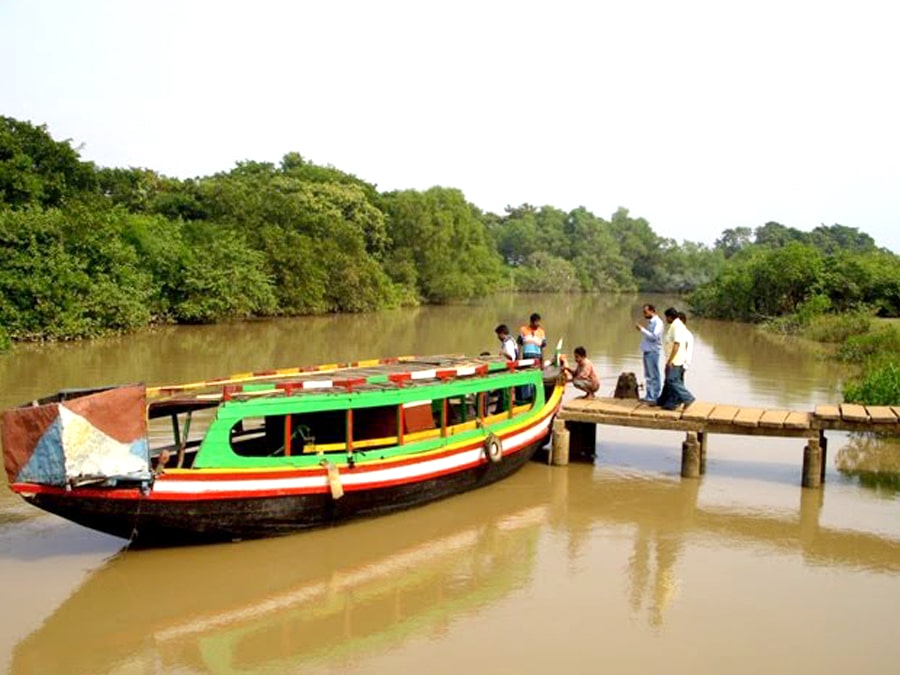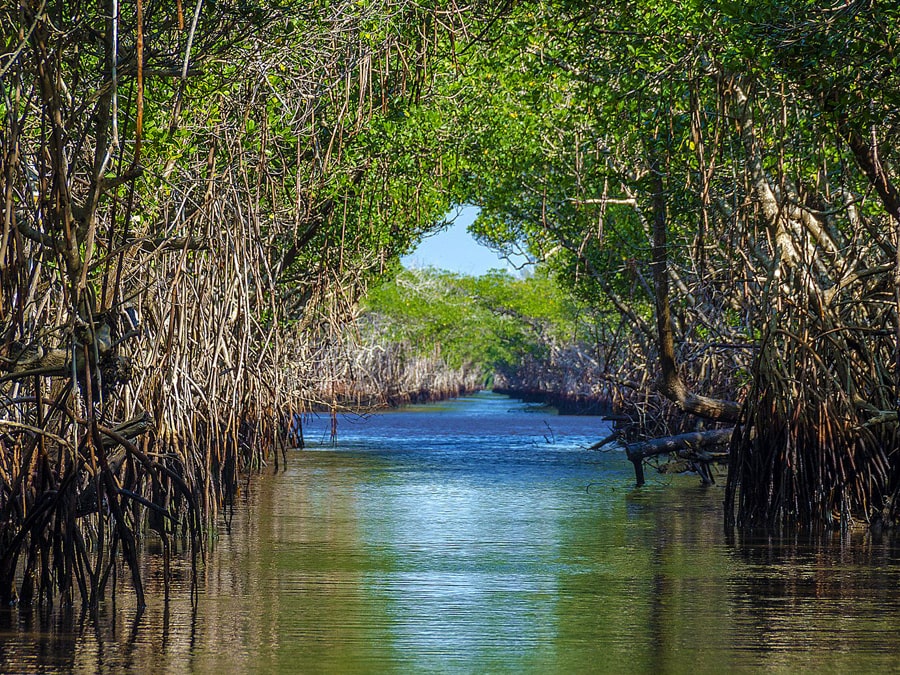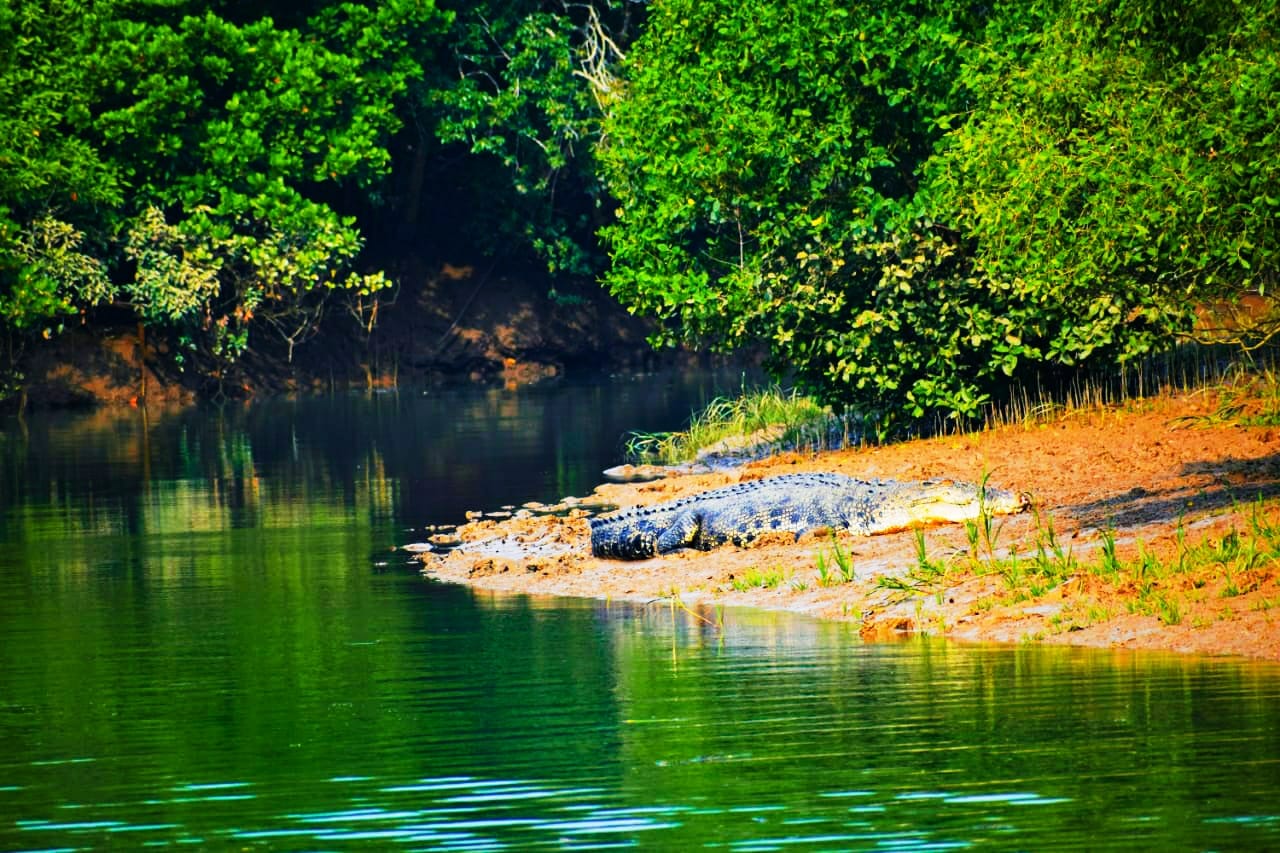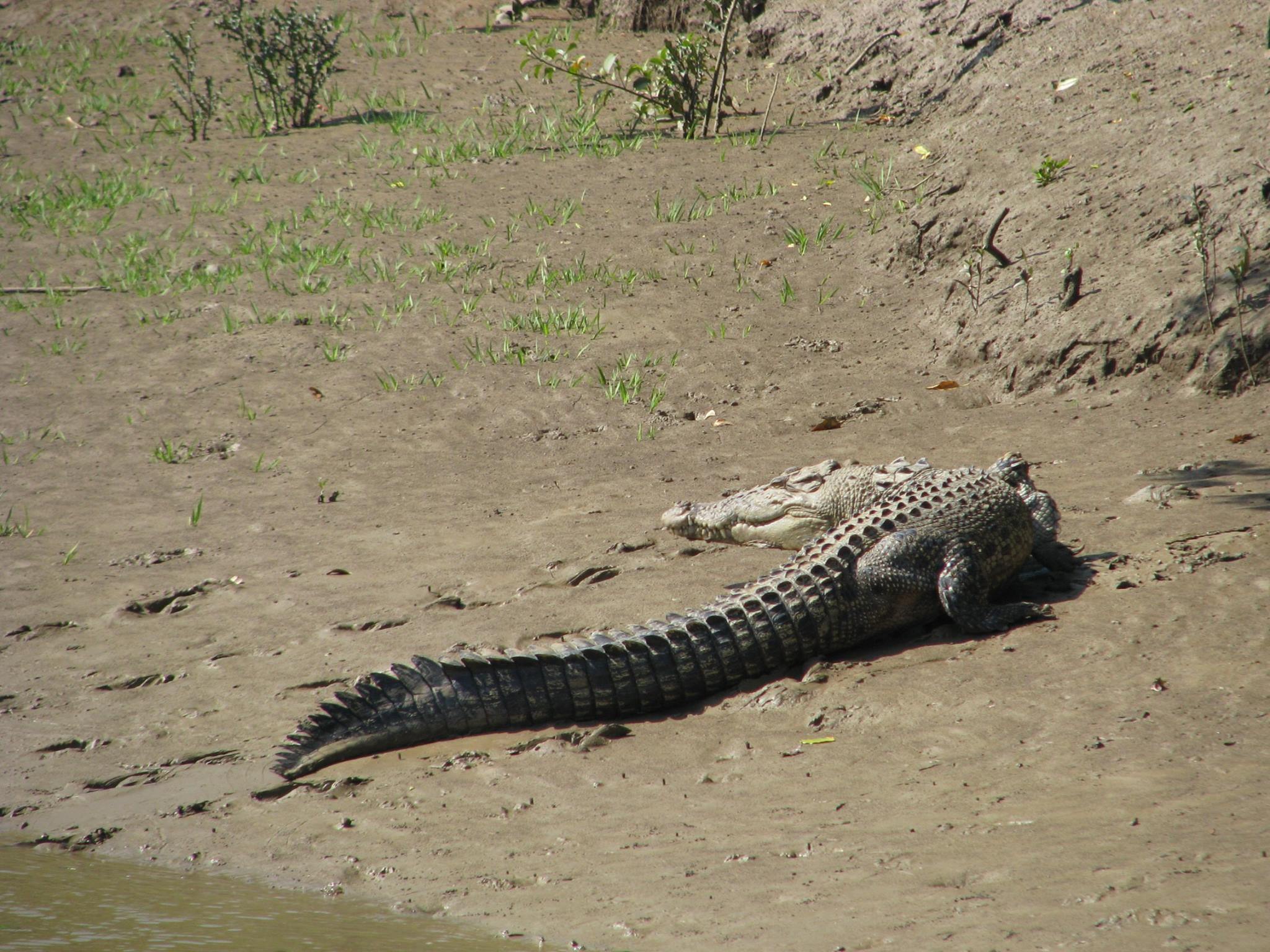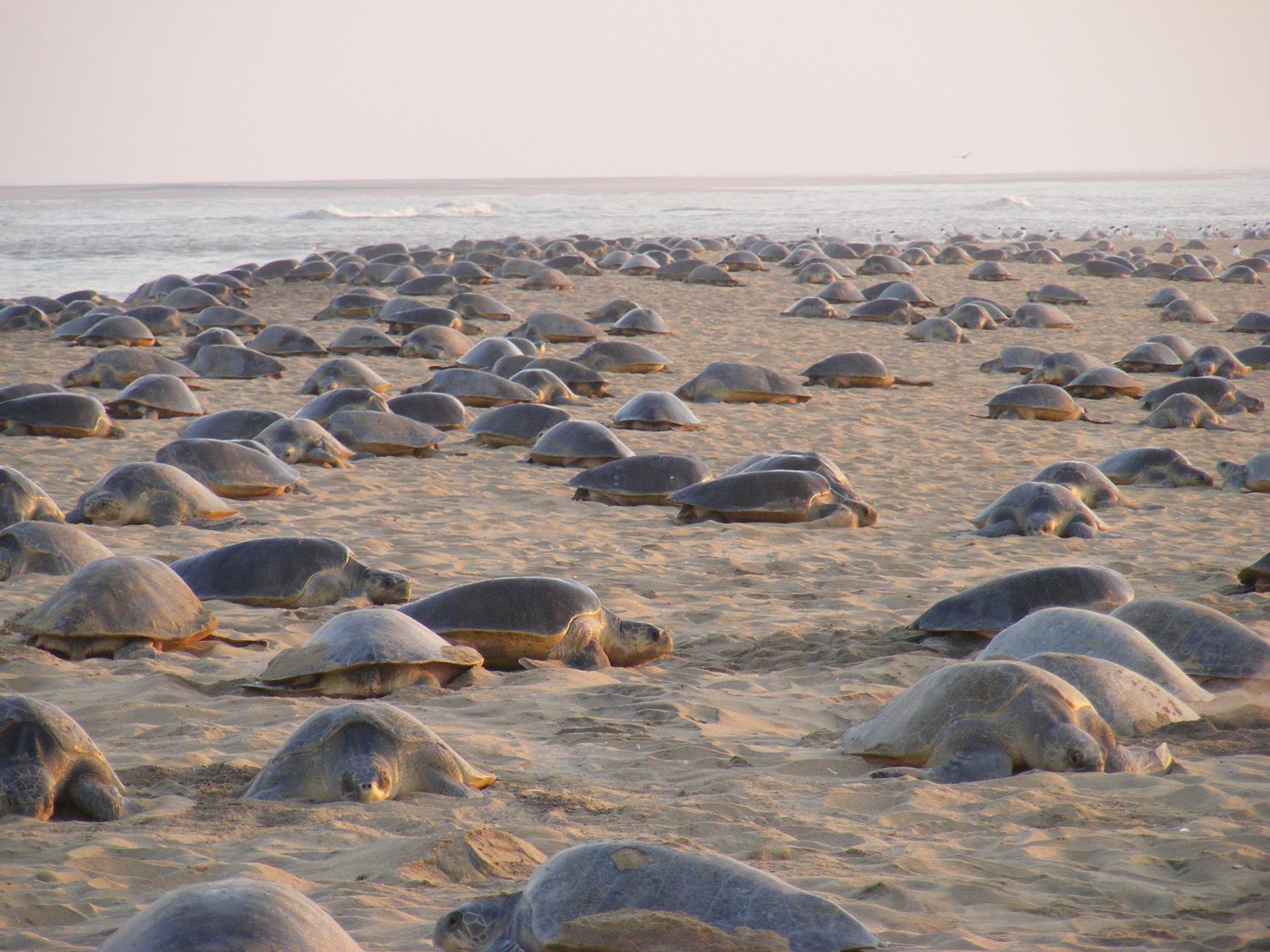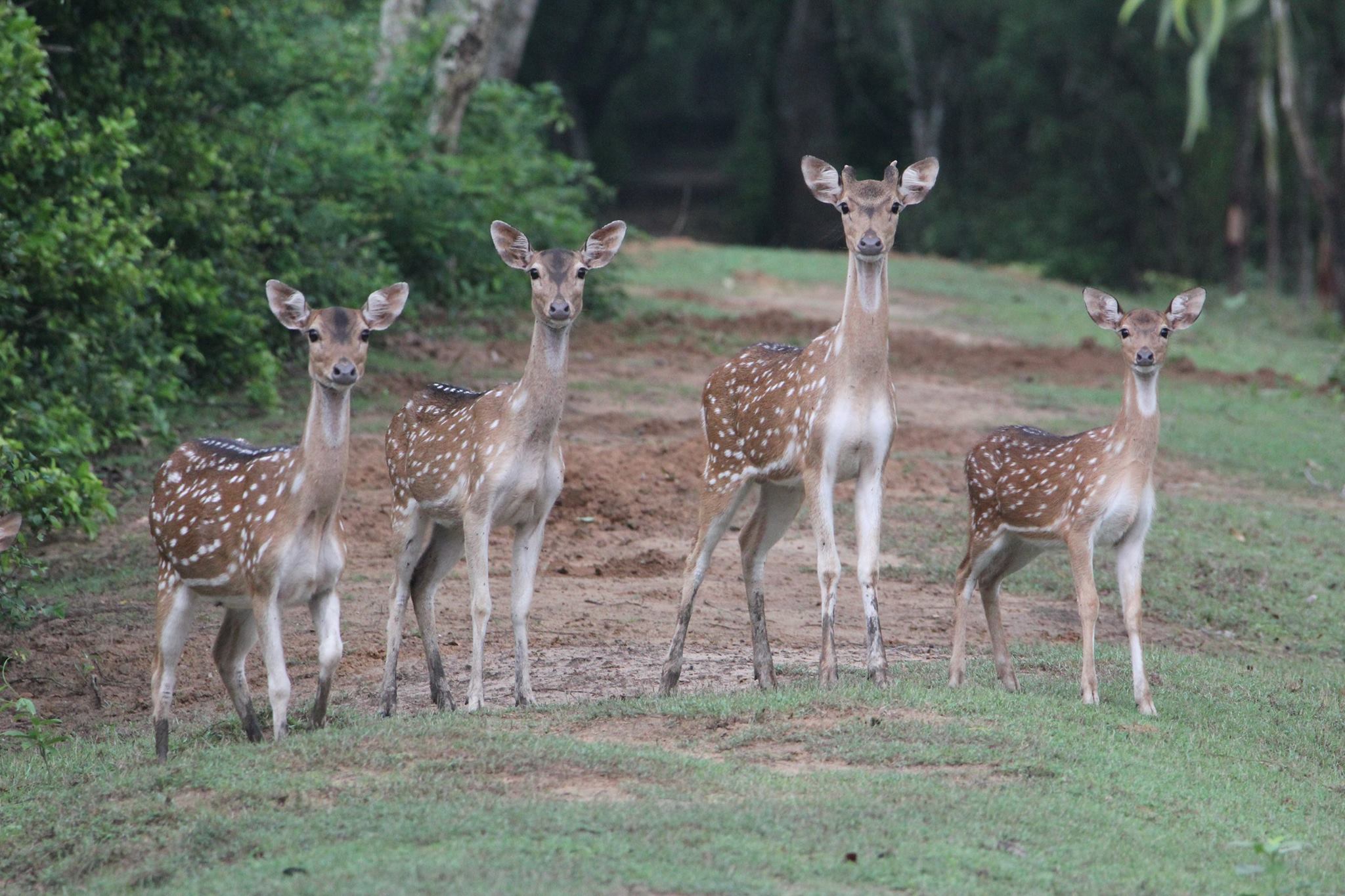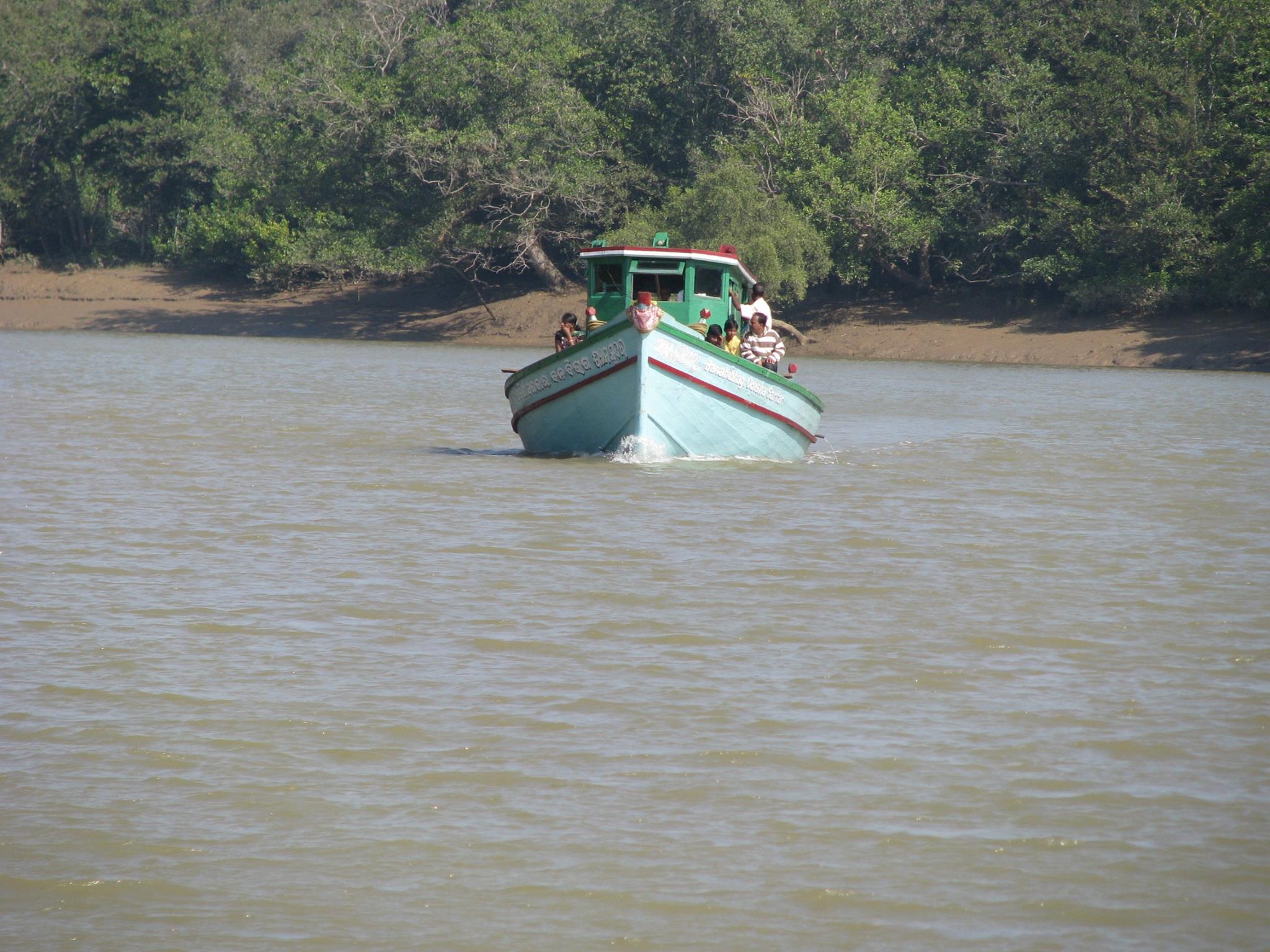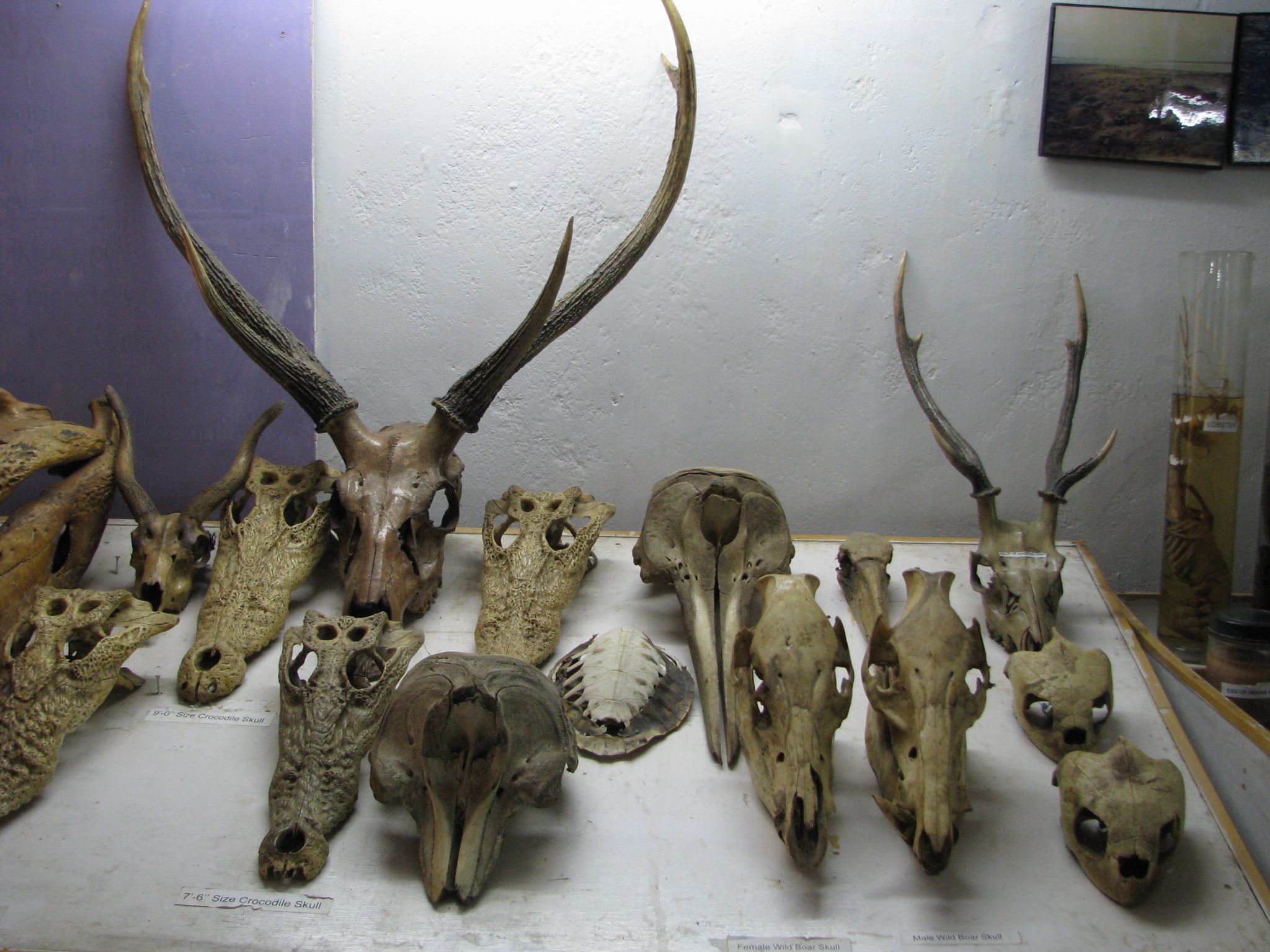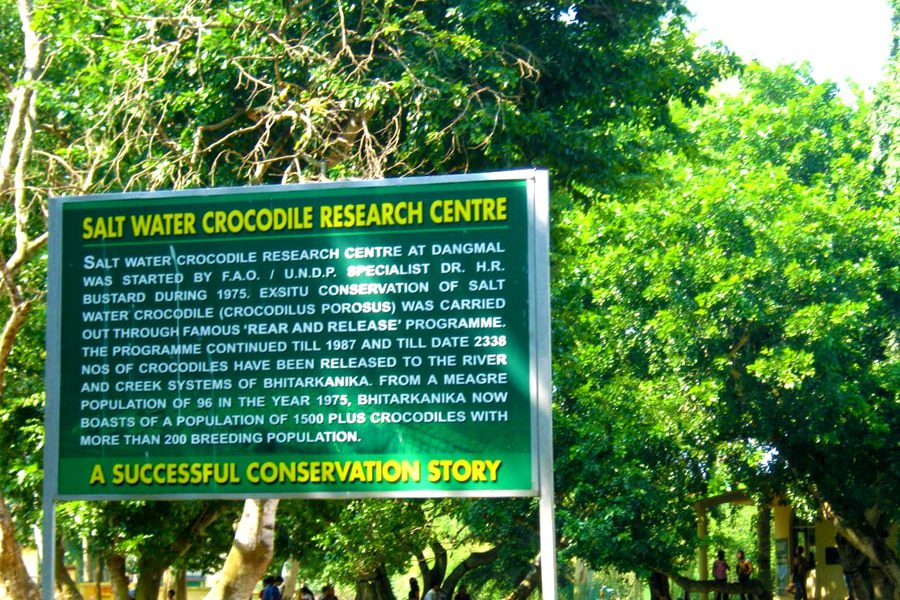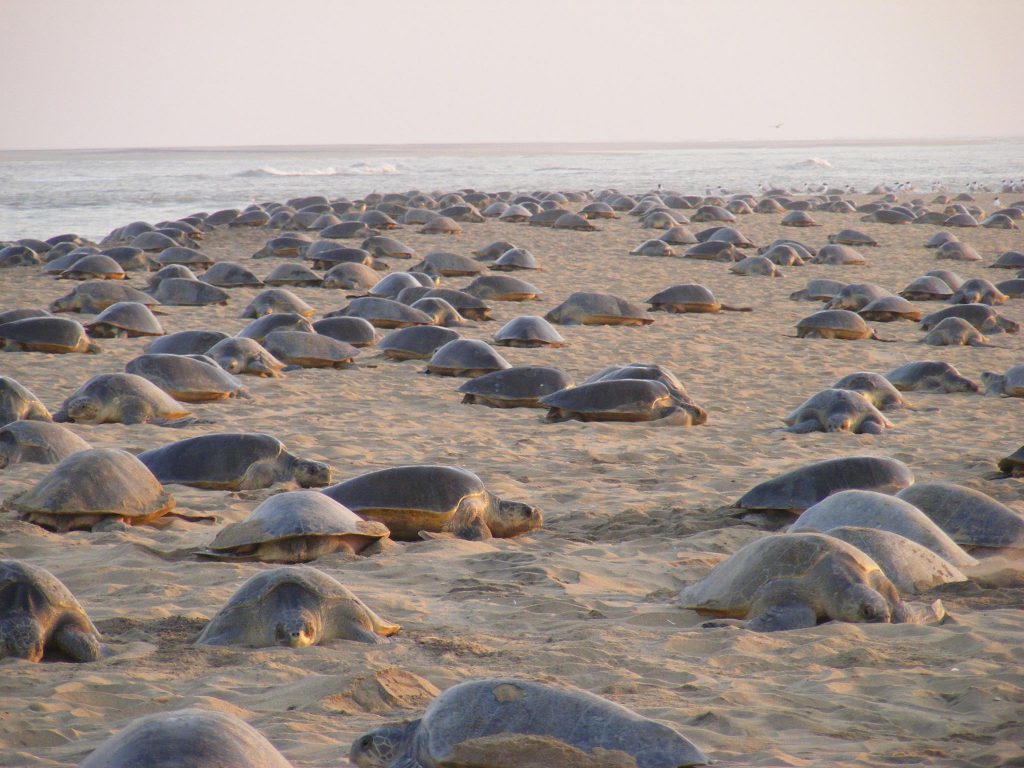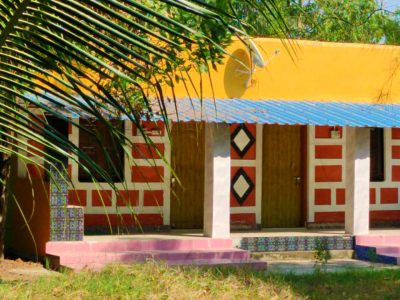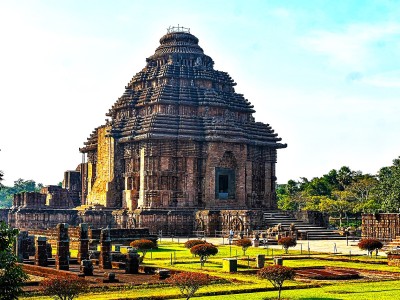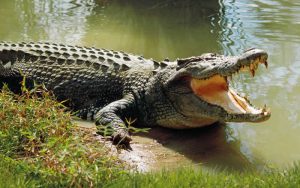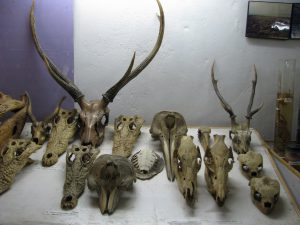Places to visit
Bhitarkanika National Park, Odisha
Bhitarkanika, lying in the estuarine region of Brahmani-Baitarani rivers in the North-Eastern corner of Kendrapara district of Orissa, is the second largest viable mangrove eco-system of India. This huge area of mangrove forests and wetland is intersected by a network of creeks with Bay of Bengal on the East. It is home to some 215 species of birds, including wetland migrants from central-Asia and Europe. It is famous for massive salt water or estuarine crocodiles, and a lot of other fauna species like spotted deer, hyenas, fish cats, leopard cats, and big monitor lizards.

This is one of best spots for wildlife and nature lovers. It is a haven for bird watchers, ornithologists and wildlife and nature photographers. Those who believe in visiting real remote villages of India, Bhitarkanika should be an obvious choice, for it is surrounded by a large number of villages – a must visit for those who think of rural tourism.
Bhitarkanika Wildlife Sanctuary
An area of 672 square Kilometer was designated as Bhitarkanika Wildlife Sanctuary through a notification in 1975. The Sanctuary, which comprises of mangrove forests with diverse variety of mangrove flora species, has rivers meandering through it making several channels of different dimensions.

The Sanctuary was formed to conserve the endangered salt water crocodiles, also called estuarine crocodiles. Besides estuarine Crocodiles, the Sanctuary is rich in avifauna, mammalian and reptilian population. This has proved to be a good habitat for cobras, Indian Python and Water and Monitor Lizards. A large number of water birds visit Bhitarkanika every year. Stork variety birds, most prominent being Asian Open Bill storks come in huge numbers and some reside here permanently. Other than these, egrets, black ibis, cormorants, darters, parakeets, and kingfishers are also found in good numbers.
Gahirmatha Marine Sanctuary
Stretch of water body from old light house near Batighar to Maipura river mouth was declared as Gahirmatha Marine Sanctuary in 1997. This is world’s largest known rookery of Olive Ridley sea turtle. Mass congregation of Olive Ridley turtles for mating and nesting enthralls both the scientists and nature lovers throughout the world. It was the rarity of mass congregation and the cruelty meted out to these innocent marine creatures which paved the way for creation of Gahirmatha (Marine) Wildlife Sanctuary.

Gahirmatha Sanctuary has a stretch of virgin beach from Barunei mouth to Ekakula. This huge beach stretch is accessible at a few places – Habalikhati (or Habalikuti) and Pentha being the most prominent. Pollution free, serene surrounding, casuarinas trees doting beach stretch at several places and flat bed – all these make the beach a treat for tourists and beach lovers.
The total area of the sanctuary is 1435 Square Kilometer which includes 1408 Square Kilometer of water body and 27 Square Kilometer of land mass including reserve forests, mud flats and accreted sand bars. Core area of the sanctuary consists of 725.50 Square Kilometer and the buffer zone accounts for 709.50 Square Kilometer. The entire sanctuary area comes within the revenue district of Kendrapara.
One can visit Habalikuti to get a glimpse of Gahirmatha. This can be accessed by boat only. There are forest accommodations available at Habalikuti. Once can enjoy the beach and also enjoy the forest area running parallel to the beach. Some good bird sightings are also possible at Habalikuti.
Habalikuti Island
Habalukuti Island is an island in Bay of Bengal. It is a part of Gahirmatha Marine Sanctuary.
Habalikuti offers amazing opportunities to witness beautiful sunrise and sunsets. Tourists can stay on the island in the camps set by the Forest Department. They can stay and enjoy the secluded beach.
It can be reached only by boat. Boats can be taken from Gupti Forest Gate of Bhitarkanika. Only Forest department boats are allowed to go to Habalikuti.
Dangmal
Dangmal is one of the islands in the estuarine deltas that make up Bhitarkanika National Park, which often has the most number of animals concentrated in this region. A crocodile breeding program at Dangmal has successfully managed to release more than 1700 crocodiles into the creeks and estuaries of the sanctuary since 1977. There is also a 9th-century temple here dedicated to Lord Shiva that is an added highlight of the park.

